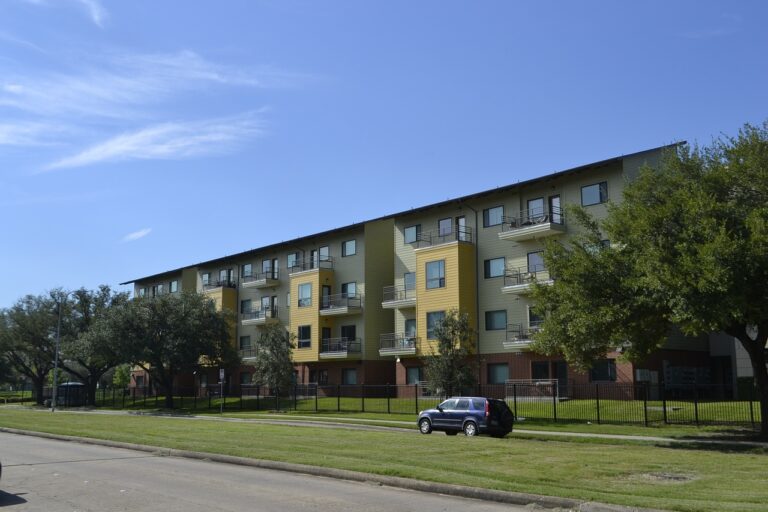
Limited Time Offer: Enjoy 10% Off All Services
Get a quote now – this discount won’t last long!
Free online calculator to see how accurate a total station is over a specified distance.
Article By: Tom Ayre | Last Update: August 2021
Accuracy is paramount in the surveying and construction industries, as even minor errors can lead to costly delays, rework, or even safety concerns.
Ensuring that measurements and positioning data are precise is vital to project success and helps maintain a high level of quality control. By striving for accuracy, professionals can build structures that are not only compliant with design specifications but also resilient, safe, and efficient.
Total stations are advanced, versatile surveying instruments that combine the capabilities of electronic theodolites with distance measuring features, allowing for efficient and precise data collection.
They have become an indispensable tool for surveyors and construction professionals, enabling them to capture detailed and accurate measurements in a variety of applications, such as setting out, topographic mapping, and as-built surveys. The use of total stations streamlines the surveying process, making it more accurate and efficient than traditional methods.
Knowing how accurate your total station can operate to is important. On projects where tolerances are particularly tight (setting out / topographical surveys) it is useful knowing what you can realistically achieve with your equipment.
We have made a simple total station accuracy calculator below that should help with working these figures out.
In this example we are going to use a Leica TS15 1 second instrument. An example datasheet can be found here.
The first field we need to fill out is the “Accuracy [Hz] or [V]”. This can be looked up from your datasheet and is the horizontal and / or vertical accuracy of your total station.
Usually this is an easy figure to know as if its a 1 second machine it will be a 1 second horizontal / vertical accuracy. In the TS15 example you can see the field “Accuracy, HZ, V1” and the various figures for the different accuracy grade instruments.
The second and third fields to fill out are “Measurement Settings Accuracy (mm)” and “Measurement Settings Accuracy (ppm)” . This figure is dependent on the type of prism and setting you are using. For example in our example, if you are using a fast prism the value would be 2mm + 1.5 ppm. If you are using any surface (the laser) it would be 2mm + 2ppm.
The fourth field is the “Prism Centring Accuracy (mm)” This can be 0 if you are using a reflective tape or reflectorless measurements (laser). When using prisms look up the datasheet for the prism you are using. Here are the accuracies for various Leica prisms.
The last field is the sample distance. This is the maximum distance you are looking to calculate your tolerances for. In principle, the longer the distances the more your errors are going to be! In our example this is 1000 metres.
Please let us know if you have found this useful or have any questions or queries in the leave a reply box.
92 Bellhouse Lane, Leigh-on-Sea, Southend-On-Sea, Essex, SS9 4PQ
76 Quill Street, Finsbury Park, London, N4 2AD
THS Concepts has a passionate team of surveyors and CAD draughtsman delivering detailed, thorough and accurate surveys and CAD drawings. We are far more than just a land and building surveying company.
Terms & Conditions | XML Sitemap | Copyright 2022 – THS Concepts LTD